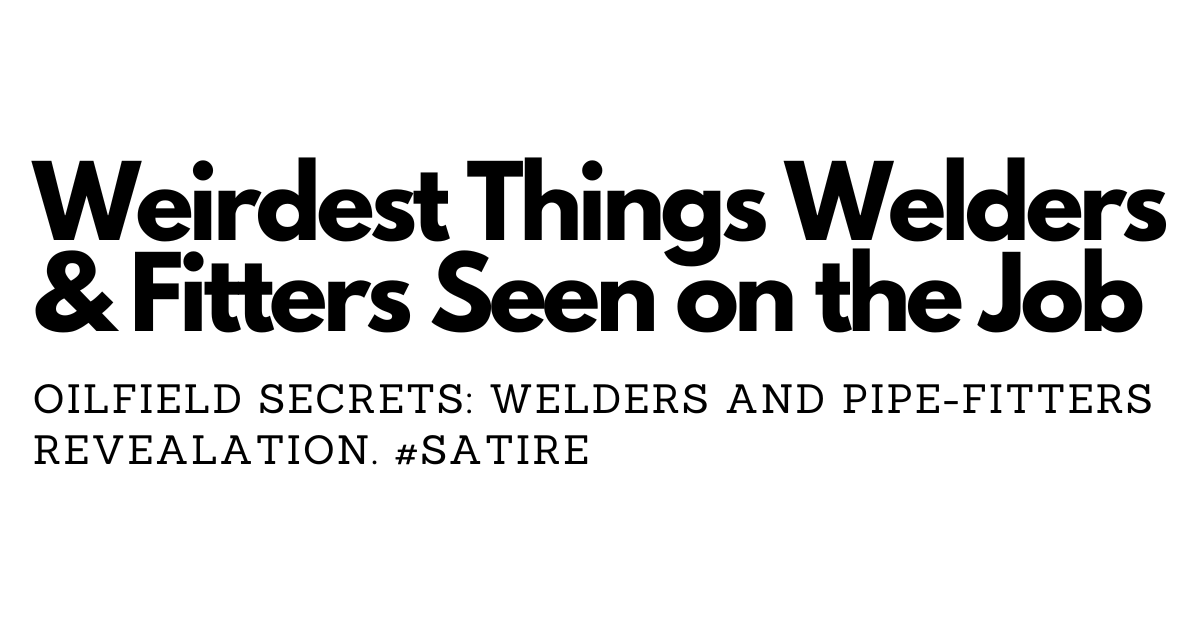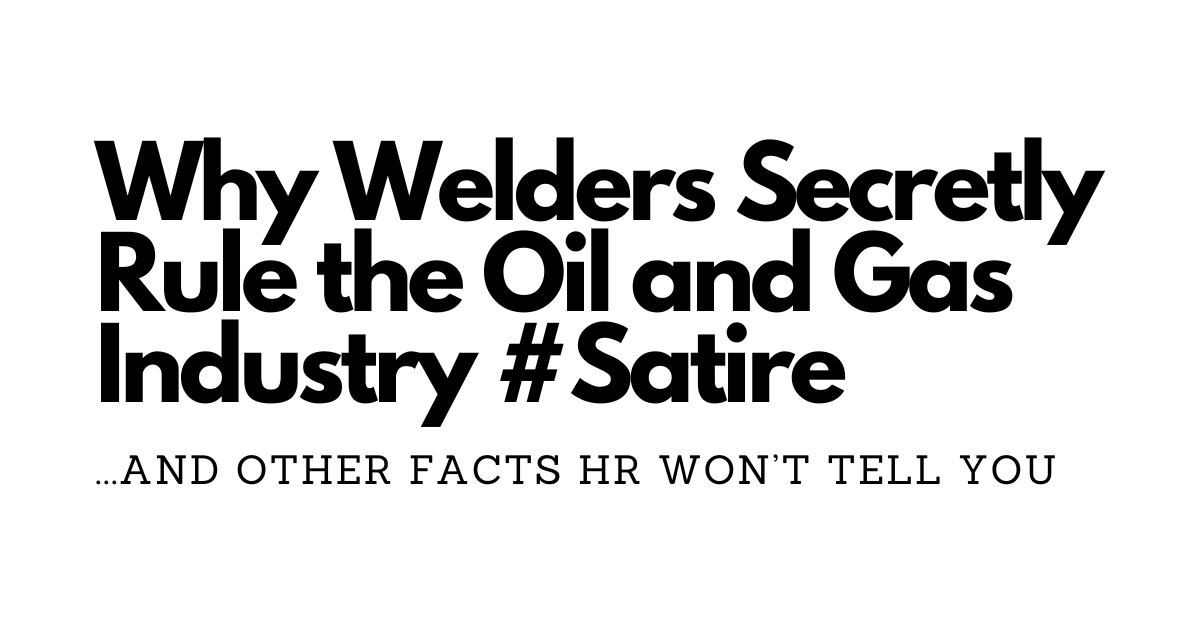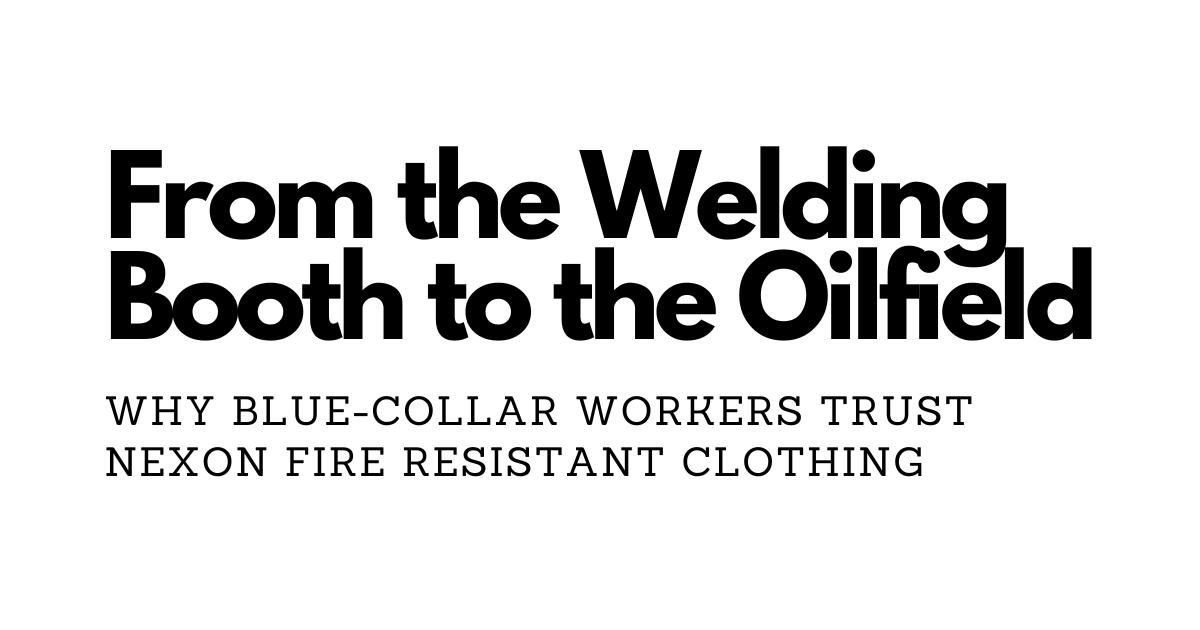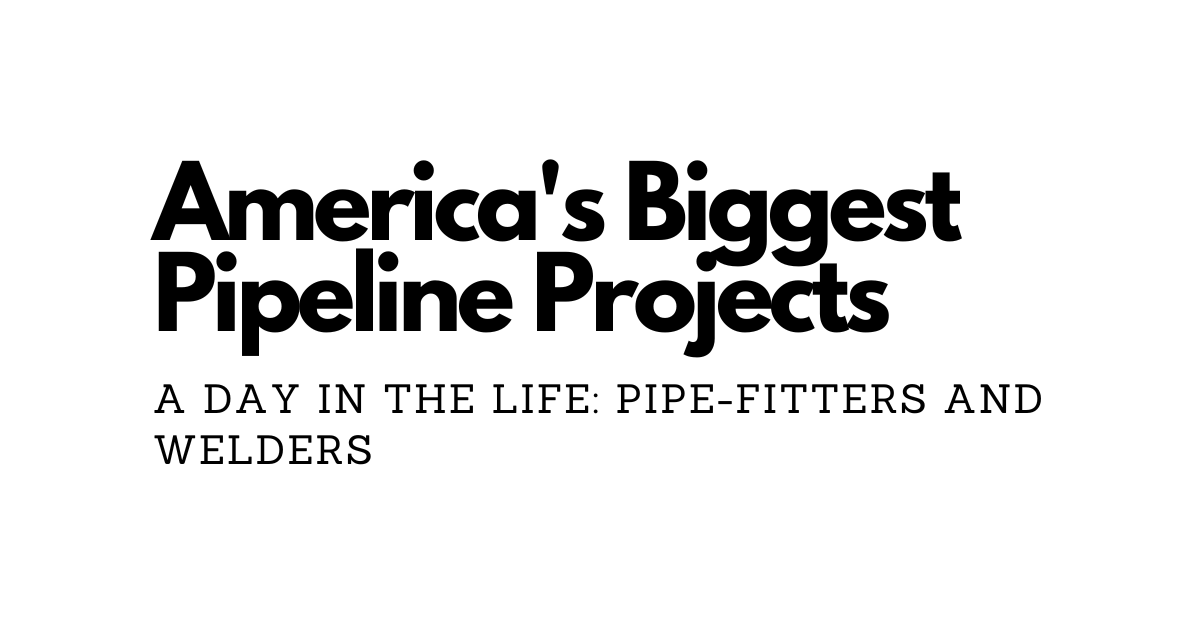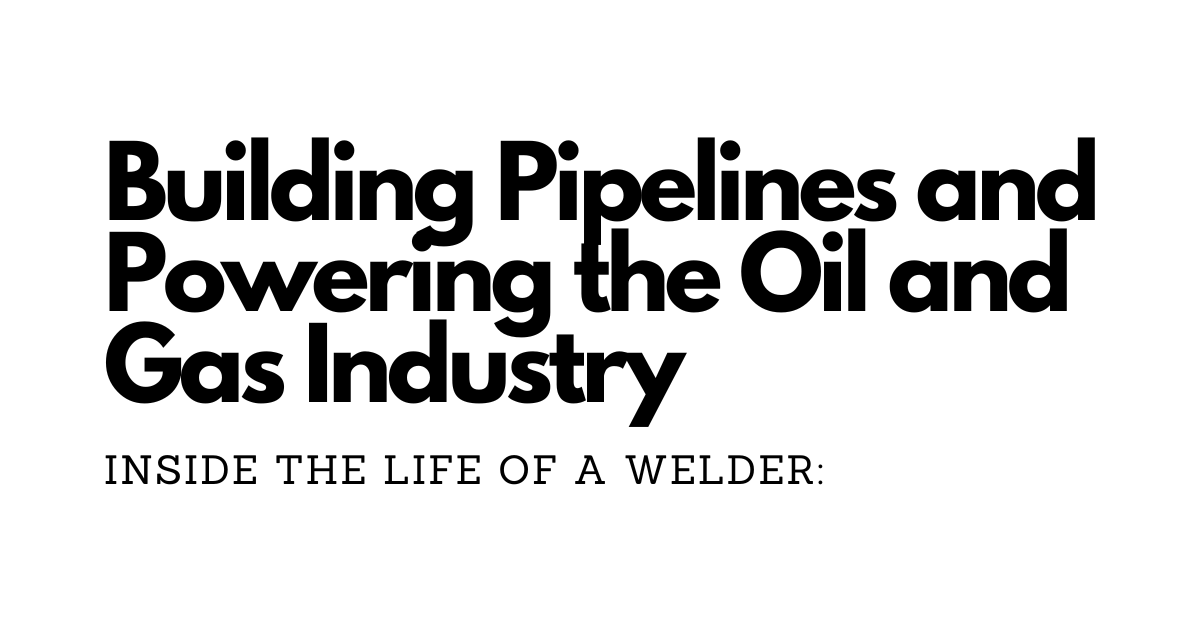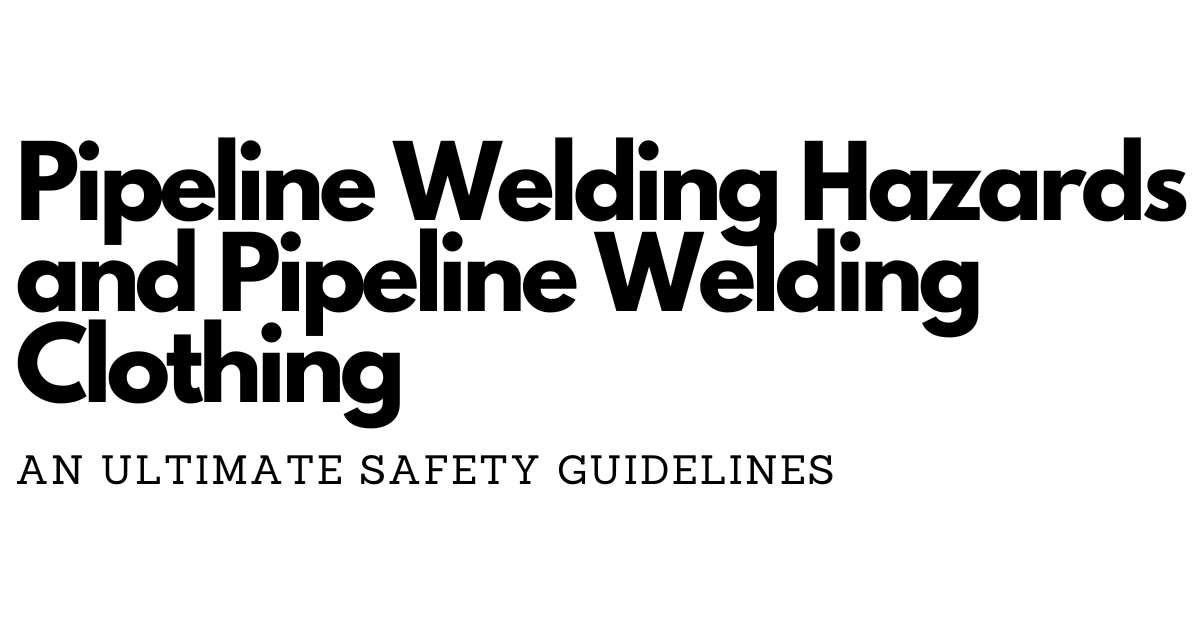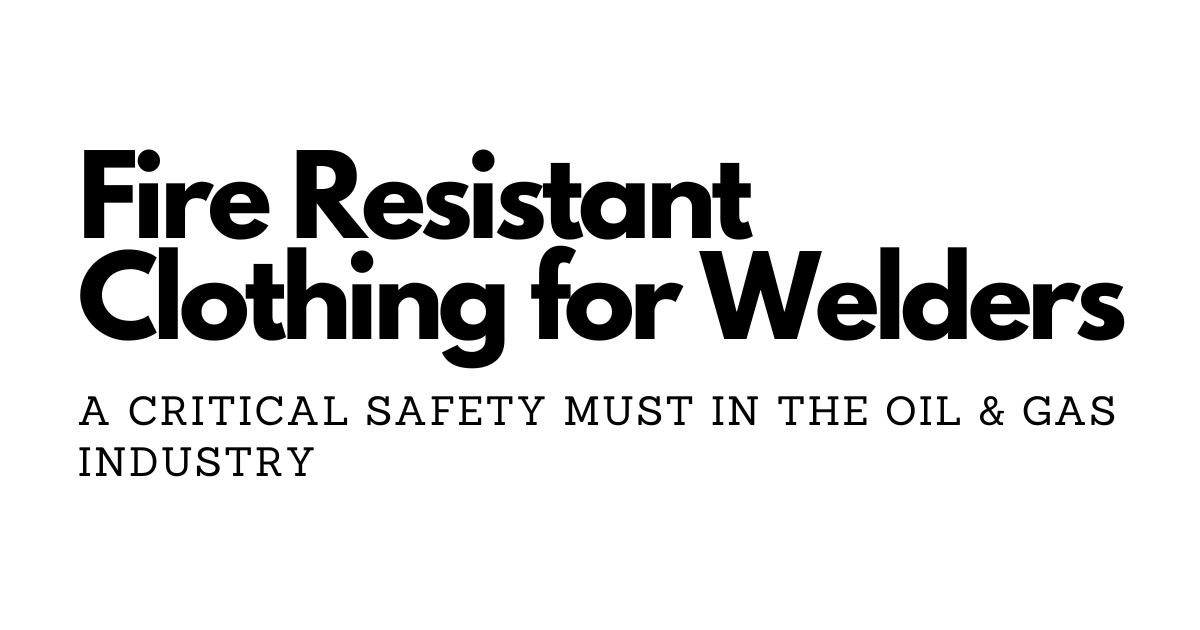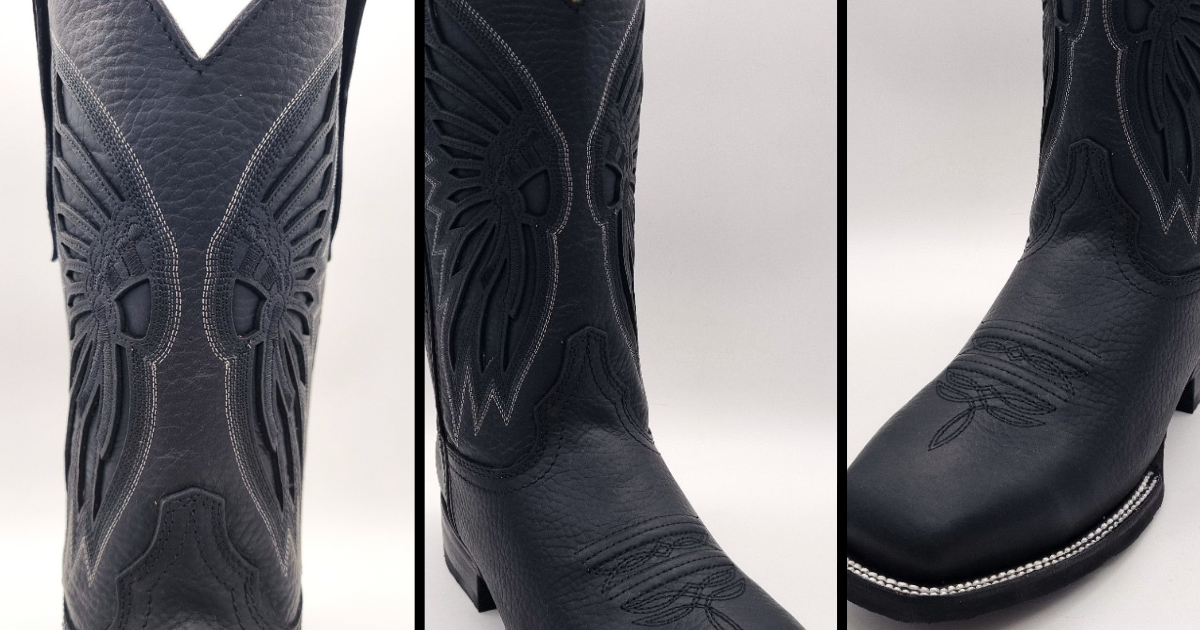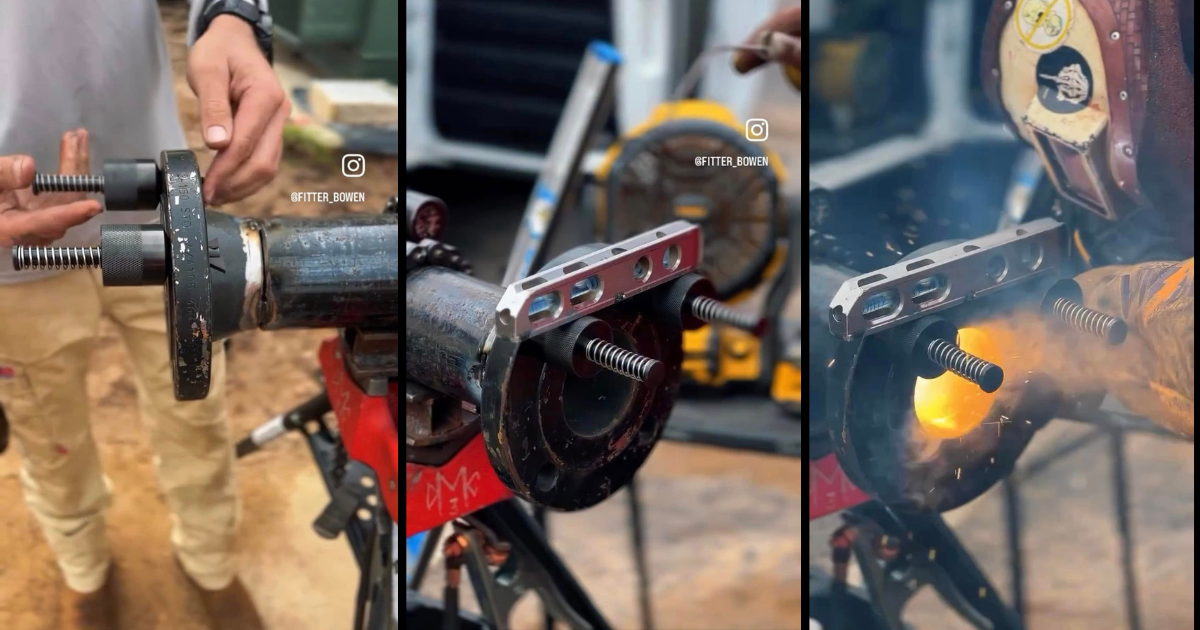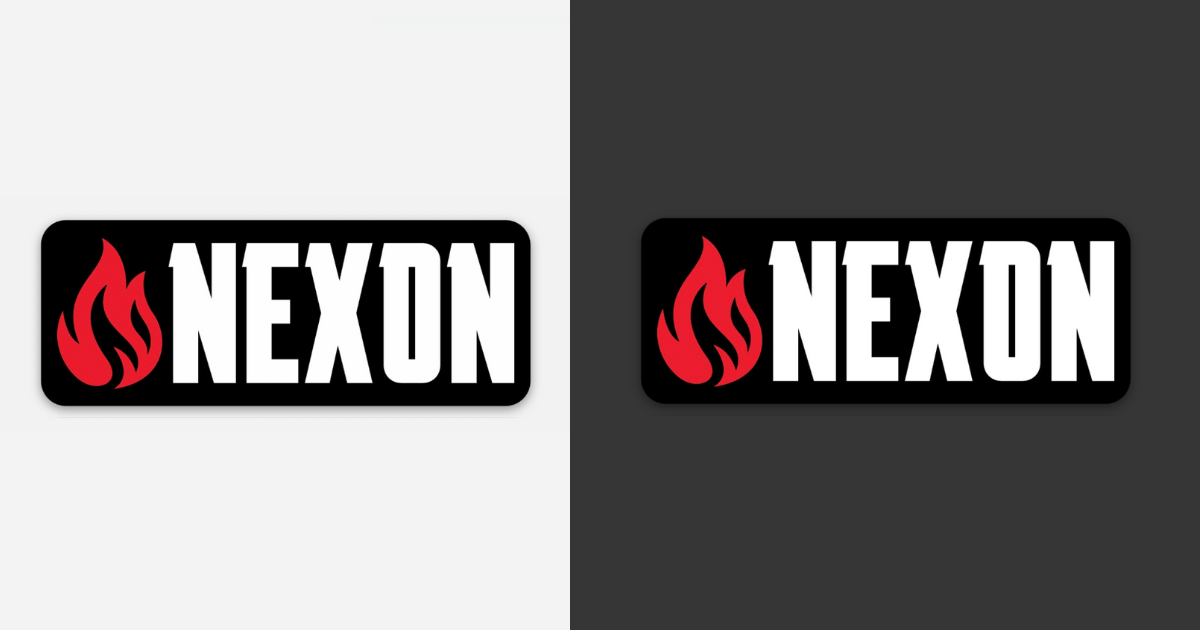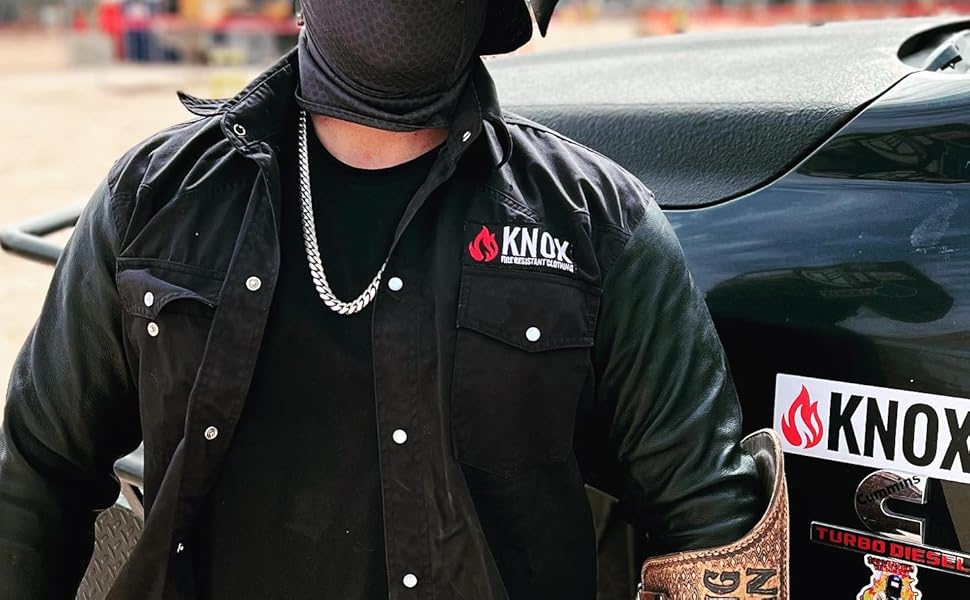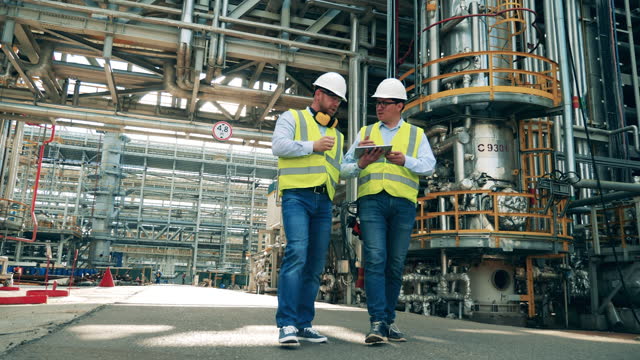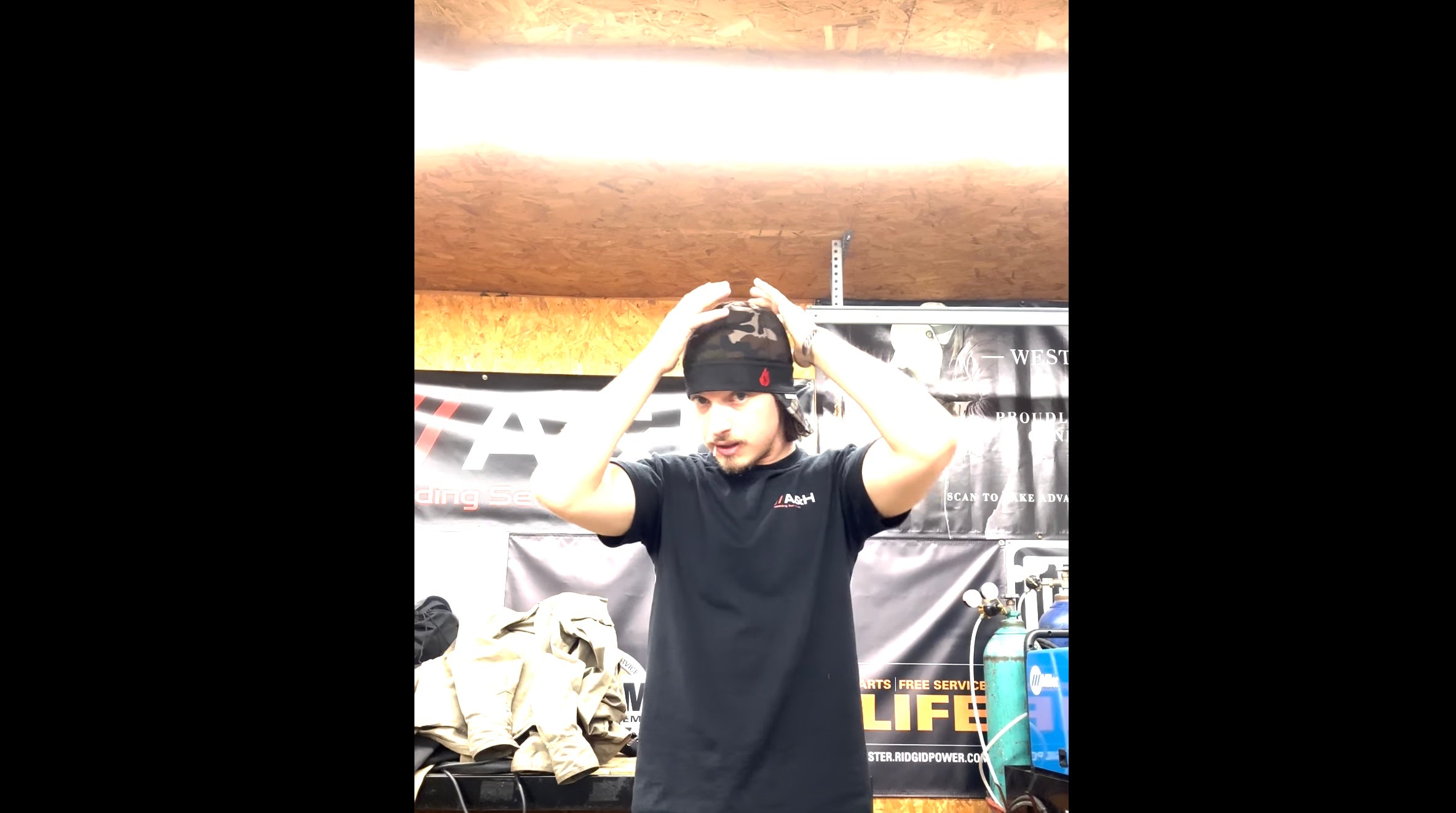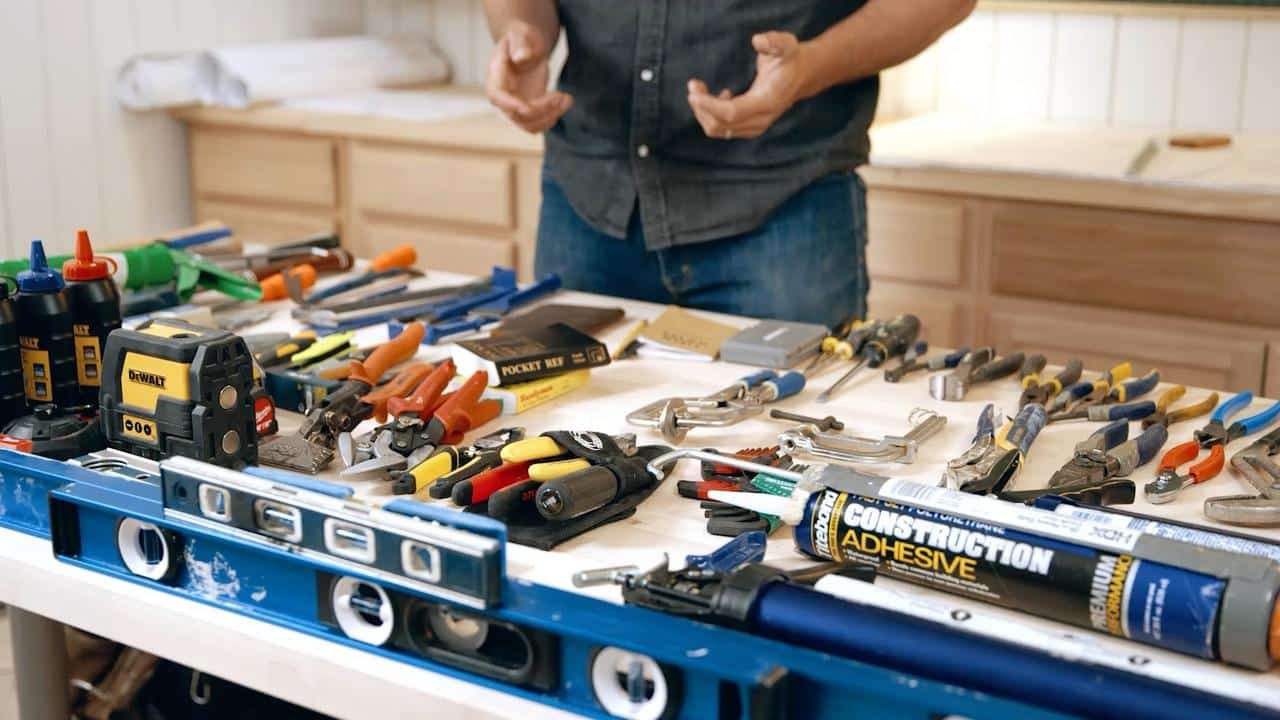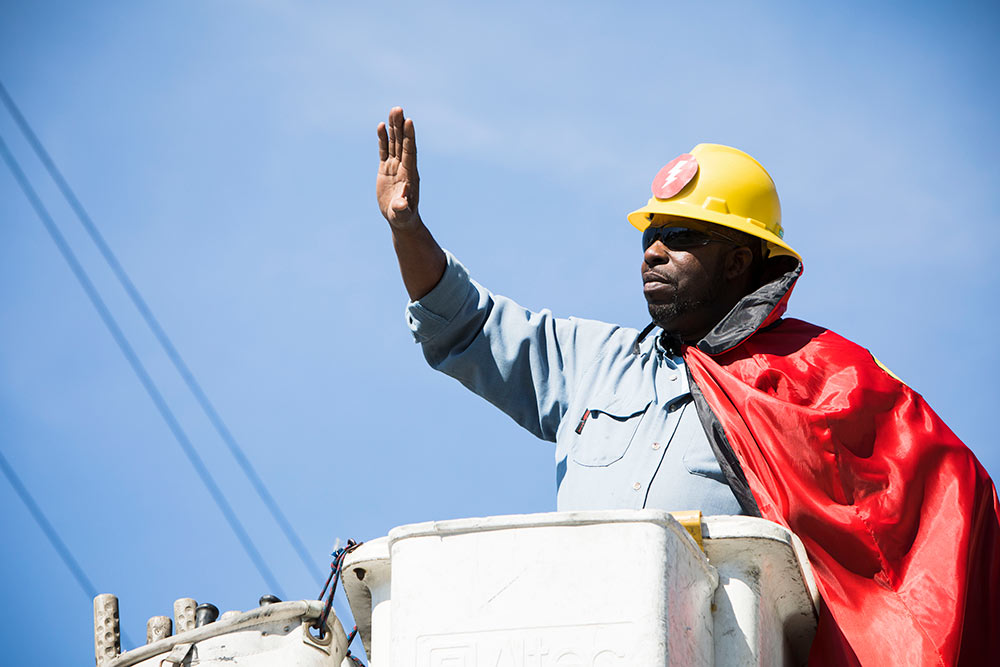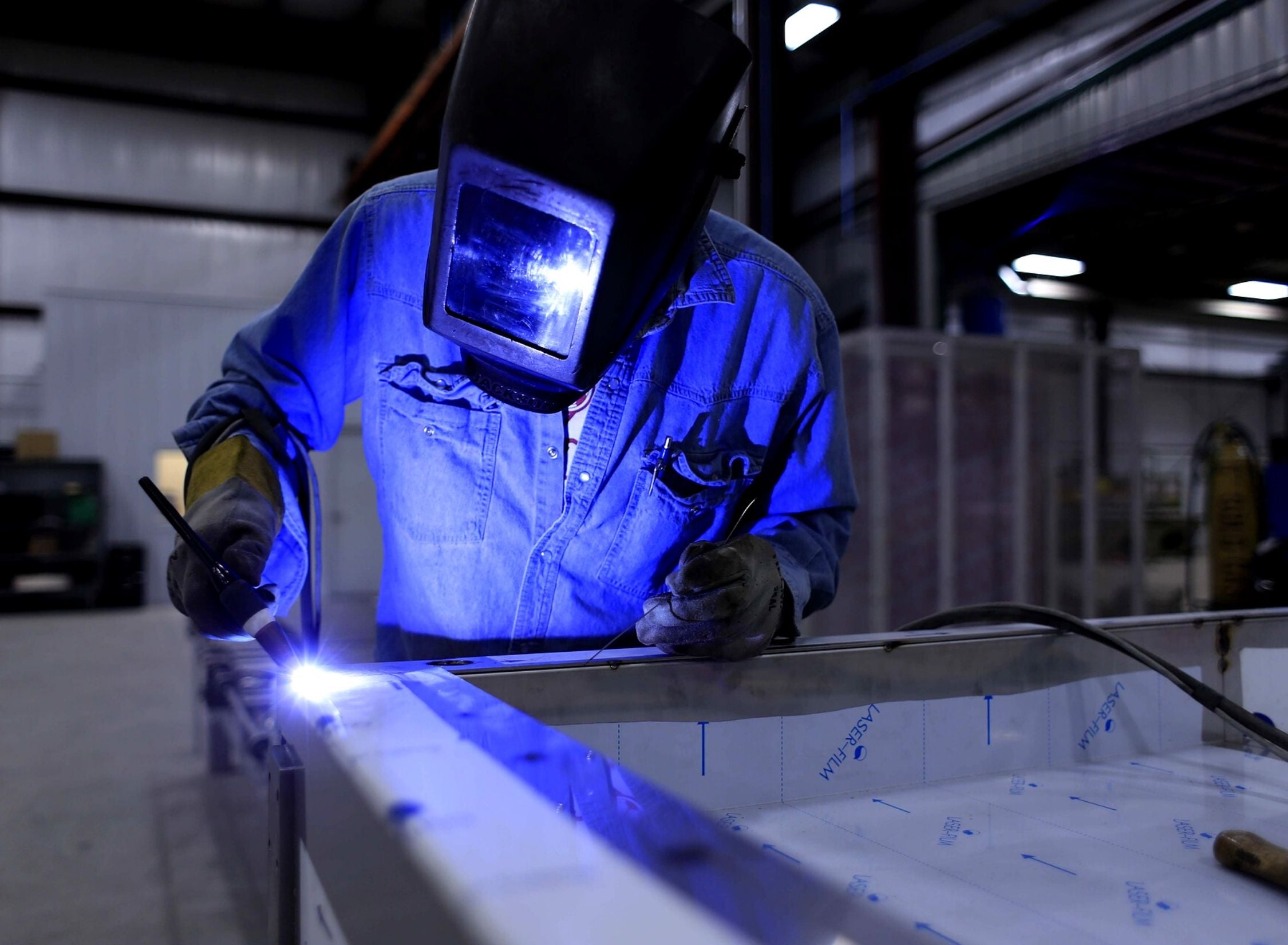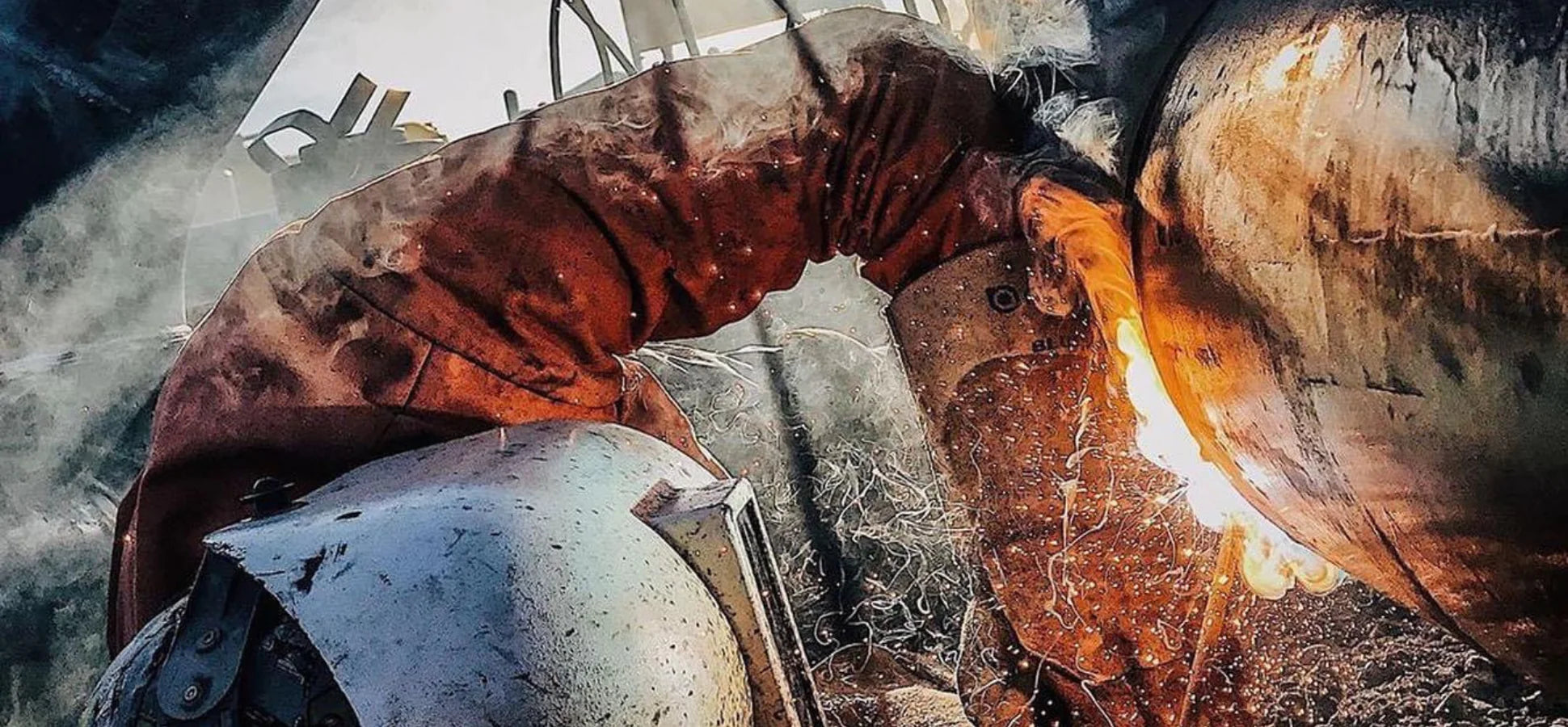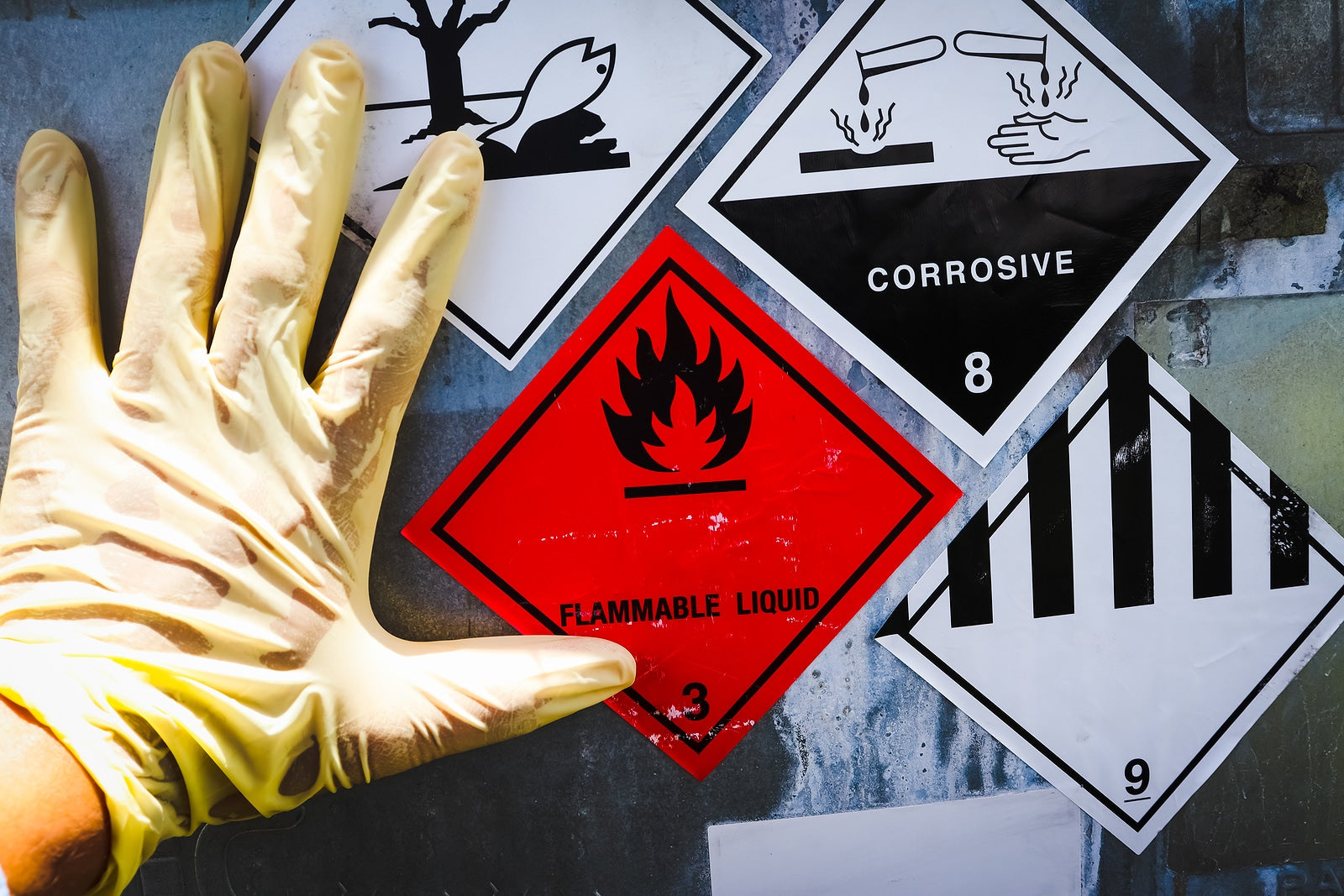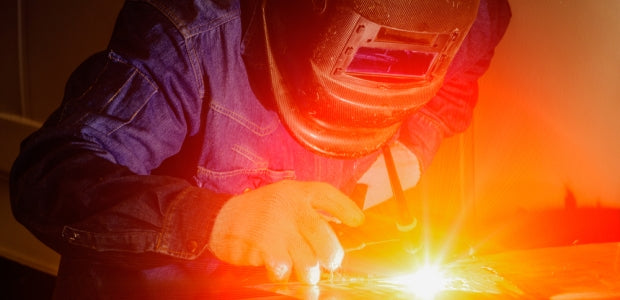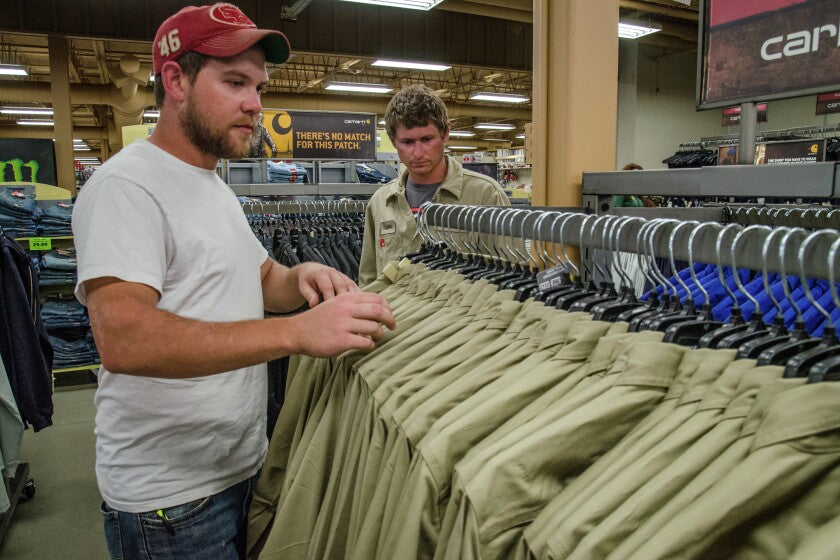Industrial Laundry:
-
Wash separately from other garments to avoid damaging the luminescent effect.
-
Flame resistant apparel should be washed using soft water (less than 4.0 grains). Hard water adversely affects cleaning, resulting in increased detergent usage. Hard water contains mineral salts that can form insoluble deposits on the surface of fabrics. Sufficient buildup can negate the flame resistant characteristics of the garment, and may serve as fuel if garments are exposed to an ignition source.
-
Use non-ionic formulas. Do not use natural soaps (anionic or tallow soap). Soft water is recommended. Hard water precipitates soaps and contains calcium and magnesium salts. These can build up on the fiber surfaces, coating the fabric and masking luminescent or FR properties.
-
It is important that formulas are developed using detergents and wash temperatures (up to 140ºF) adequate to thoroughly clean all contaminants from garments.
-
Do NOT use Chlorine bleach (sodium hypochlorite) this must be avoided. Repeated exposure to bleach can destroy the luminescent effect.
-
If garments are heavily soiled with particulate or abrasive soils, a flush at 105ºF (40ºC) at the beginning of the cycle will help reduce abrasion in the wash wheel. Wash formulas and load sizes should be set up to minimize redeposition and fabric abrasion.
-
Starch, fabric softener, and other laundry additives can coat the fiber and mask the FR performance or serve as fuel in case of combustion. Therefore their use is not recommended. Garments should be soured to a pH between 5.5 and 6.5.
-
Use a short extract time to prevent setting wrinkles.
-
Do not over dry. Condition at a stack setting of 165°F so fabric temperature measured in the basket does not exceed 280°F.
-
Proper cool down to 100ºF or less in conditioning is essential for best appearance.
-
Tunnel finishing will improve appearance. Tunnel temperature must not exceed 280ºF on the fabric.
-
If desired, garments may be pressed using a short cycle. Do not exceed a fabric temperature of 280ºF under the press head.
-
Always consult the garment manufacturer for detailed instructions and precautions.
Home Wash:
-
Wash separately in a Normal or Cotton cycle at any water temperature up to a maximum of 140ºF (60ºC). Use any typical home laundry detergent. Do not use soap (tallow soap containing animal fats).
-
Turn garments inside out before wash to reduce streaking from abrasion. Fill the washer no more than 2/3 full and use high water level.
-
DO NOT use chlorine bleach or liquid nonchlorine bleach.
-
Do not use starch or fabric softeners as they may coat fibers and mask FR performance and/or serve as fuel in the event of garment ignition.
-
The use of conditioned or soft water can help improve removal of contaminants from garments. Hard water precipitates soaps and can result in the build-up of calcium and magnesium salts. These can serve as fuel in the event they are exposed to a source of ignition.
-
It is important that all soils and other contaminants are completely removed from garments during the wash process. This may require the use of stain removal products, such as Shout®, Spray 'n Wash®, or Zout®; or presoaking garments prior to washing. The use of hot water can often make detergents more effective in the removal of soils. If all contaminants cannot be removed in home care, garments should be dry cleaned.
-
Do not over dry garments. If desired, you may press with an iron on the Permanent Press/Low setting.
-
Always consult the garment manufacturer for detailed instructions and precautions.
Dry Cleaning:
-
Either perchloroethylene or petroleum solvent may be used.
Stain Removal:
-
If garments become contaminated with flammable substances, they should be removed immediately and replaced with clean flame resistant apparel. Either home or industrial laundering may successfully remove most types of both flammable and non flammable soils. However, home laundry detergents may not successfully remove some types of soil found in industry, especially heavy greases and oily soils. If flammable soils are not completely removed, the flame resistance of the garment may be compromised.
-
It may be difficult to determine that flammable soils have been completely removed, but indicators would include the presence of stains and/or odors after laundering. However staining alone is not an indication that the soil has not been adequately removed. If it appears that the garments may still be contaminated after home wash, laundering at a local commercial or industrial laundry may be required. Dry cleaning may be used to remove oils and greases. Finally, if questions remain Bulwark will conduct flame resistant testing of the garment in question to determine its flame resistance. Please be aware that this is a destructive test and the garment will be destroyed.
-
Flammable materials are for the most part volatile substances that dissipate into the atmosphere, for example, gasoline. Stains remaining after laundering on the other hand are either un-removed contaminants or, more likely, simply discoloration of the fabric.
-
Always consult the garment manufacturer for detailed instructions and precautions.
Notes:
- 120° or less in 6 lb. load machine such as used at home
- DO NOT USE Detergents with Bleach such as Tide with Bleach
- DO NOT USE Chlorine Bleach
- DO NOT USE Detergents that contain animal fats*
- DO NOT USE Fabric Softener or Dryer Sheets; These are Flammable
Never Spray DEET on your FR garments, it is highly flammable. If you must use DEET, apply it direct to the skin and NOT the garment.


